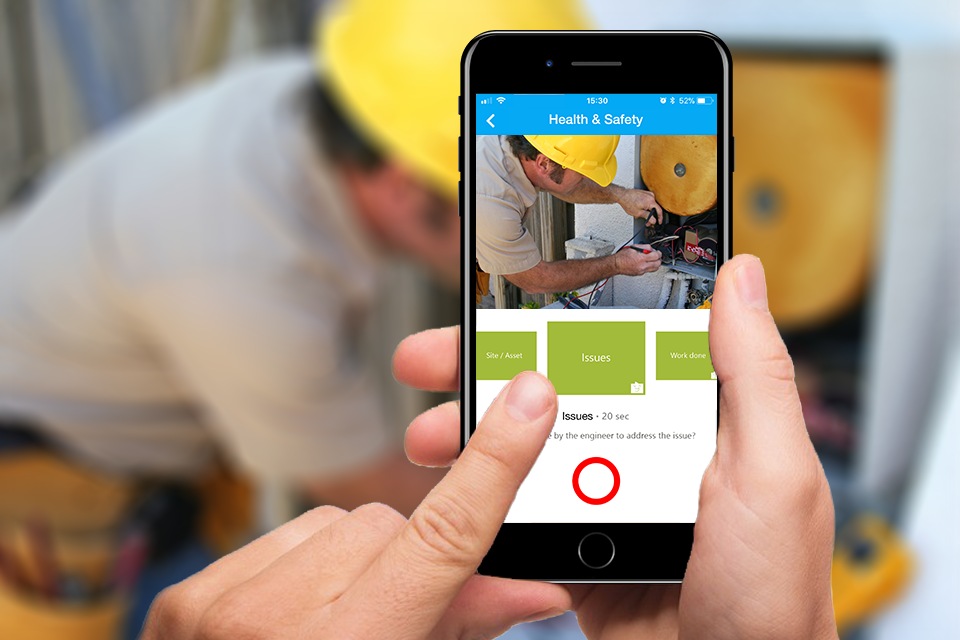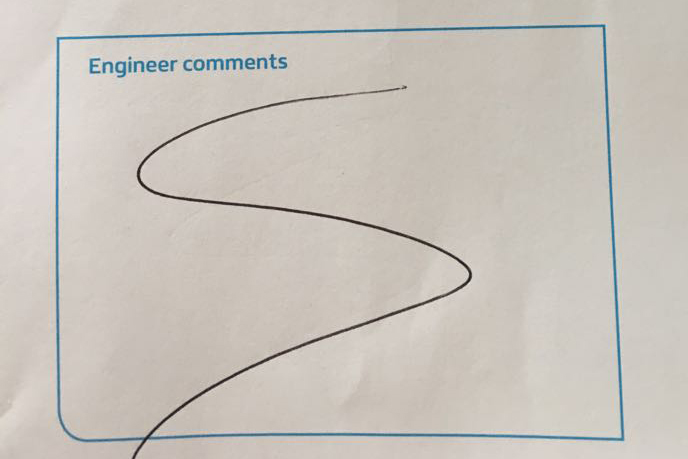I recently had a leak in the kitchen. The first plumber who came round told me he didn’t have the right part. A second plumber was called in, called Joe. It turned out that the leak had nothing to do with the new part. Joe quickly fixed it by making some simple adjustments, and said, “I probably could have talked you through this over the phone”. He told me to email him a quick video next time I had any issue.
Joe was completely comfortable using technology to communicate with customers, and yet, clearly, his field service management system wasn’t meeting his needs. Instead, he used simple consumer tools like a phone camera and email to get the job done.
Since the rise of digital processes in the ’80s and ’90s, companies have adopted technology to drive better capture of information and higher efficiency. Field Service Management tools like Salesforce’s Field Service Lightning, Service Max, and bespoke digital systems have been rolled out to most major utility and construction companies since the late ’90s.
However, a common problem people see is low adoption of these systems and low process compliance. Field workers simply don’t want to be spending their time typing and filling in forms. But, when so little of the crucial customer information is stored within the system, we get high failure rates, low customer satisfaction, and expensive repeat visits.
The ‘problem’ with our brains
The problem with writing, typing and form-filling takes us all the way back to the first humans. (Bear with me). For about 1.74 million years, all we had were body language and speech for communication. When we finally started writing in 3,200 BCE, it had a huge impact on how we could record, store, and consume information. While speech and body language were transient, limiting our communication to people in the same place and time, writing things down meant that anyone could read it – anywhere, anytime.
![]()
Of course, writing systems were a big step forwards in getting to where we are today, but the human brain hasn’t changed in these past few thousand years. In fact, 90% of the information our brains process is visual, and we process images 60,000 times faster than text. So, what did we lose out on when we started writing? Body language is so essential for building trust, and particularly in work that involves physical assets, a picture is worth a thousand words.
Let’s make business tools more human
Now, with the current state of technology, we’re in a wonderful position. We can actually create digital tools that align with our innate human tendency towards visual and verbal information. Since the rise in 4G (and soon 5G) networks, video has finally become a feasible way to deliver information across the world through our smartphones – both asynchronous and live.
The consumer world has jumped at the opportunity to share quick audio and video messages, through the likes of Snapchat, Instagram and WhatsApp for asynchronous notes, and Skype, Google Hangouts and Facetime for live conversations.
But the business world is only just catching up – especially when it comes to reporting information asynchronously.
The power of structured video in business systems
While WhatsApp or Snapchat may serve the need for casual video notes in the consumer world, having employees send each other filter-added video snaps instead of emailing is not a solution. Businesses need structured, analysable data that gives the right people the tools to be more productive, better informed, and more in control of each customer interaction.

vyn SmartVideoNotes blends industry-leading technologies within such areas as artificial intelligence, speech-to-text and sentiment analysis, with human, visual and verbal data. This is captured in a structured way so that our customers get the best of both worlds: Simplicity for the user to capture intelligence from the field, and productivity and compliance for the business.
Since vyn’s recent integration with Salesforce Field Service Lightning and other bespoke systems, our customers’ field workers have an easier time doing admin, driving both process compliance and better adoption of these systems.
We say a picture is worth a thousand words, but in field service, video may just be priceless.
Watch the video below to see how we transform data capture:
Turning this

into this
Get in touch if you’d like to know more, or read our press release.




Leave a reply